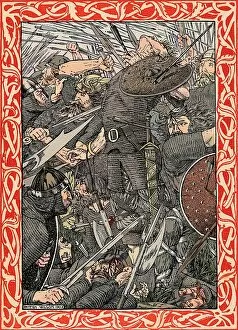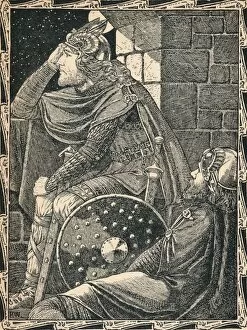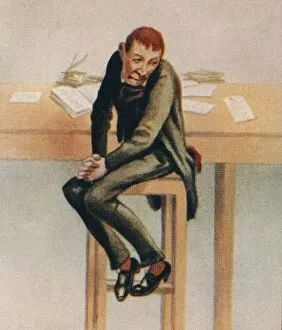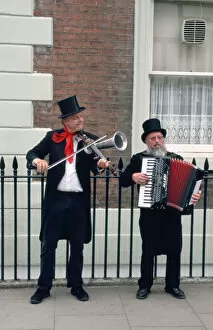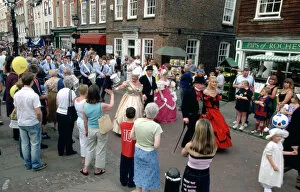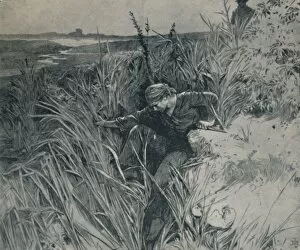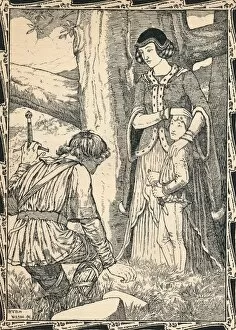Charles John Huffam Collection (#2)
Charles John Huffam Dickens, commonly known as Charles Dickens, was a prolific English writer and social critic of the 19th century
All Professionally Made to Order for Quick Shipping
Charles John Huffam Dickens, commonly known as Charles Dickens, was a prolific English writer and social critic of the 19th century. His works continue to captivate readers worldwide with their vivid characters and powerful storytelling. Folly Ditch and Jacobs Island (c1878) are settings that transport us into the gritty world of Dickens' novels. These places were brought to life by an unknown creator, showcasing the dark underbelly of Victorian London. In A Christmas Carol (1843), illustrated by John Leech, we witness Ebenezer Scrooge's transformation from a miserly old man to a compassionate soul. This timeless tale reminds us of the importance of kindness and redemption during the holiday season. The etching from David Copperfield (c1840-1880) depicts a pivotal moment when young David makes himself known to his aunt. Created by Hablot Knight Browne, this artwork captures the emotional intensity found in many of Dickens' coming-of-age stories. Hablot Knight Browne also brings The Pickwick Papers (1836) to life with his illustrations. Through these scenes, we join Mr. Pickwick and his eccentric companions on their humorous misadventures across England. Cricket at Gads Hill Place in Rochester (c1868) reveals another side of Charles Dickens – his love for sports and leisure activities, and is here where he would often gather with friends for friendly matches while enjoying the beautiful countryside scenery. Bill Sykes (1939), portrayed in all his menacing glory, represents one of Dickens' most memorable villains from Oliver Twist. This character embodies both cruelty and desperation within society's darker corners. The Parish Engine (c1900), depicted by George Cruikshank, showcases another aspect close to Dickens' heart – social reform. This image highlights how he used his writing as a tool for exposing societal injustices prevalent during that era.

